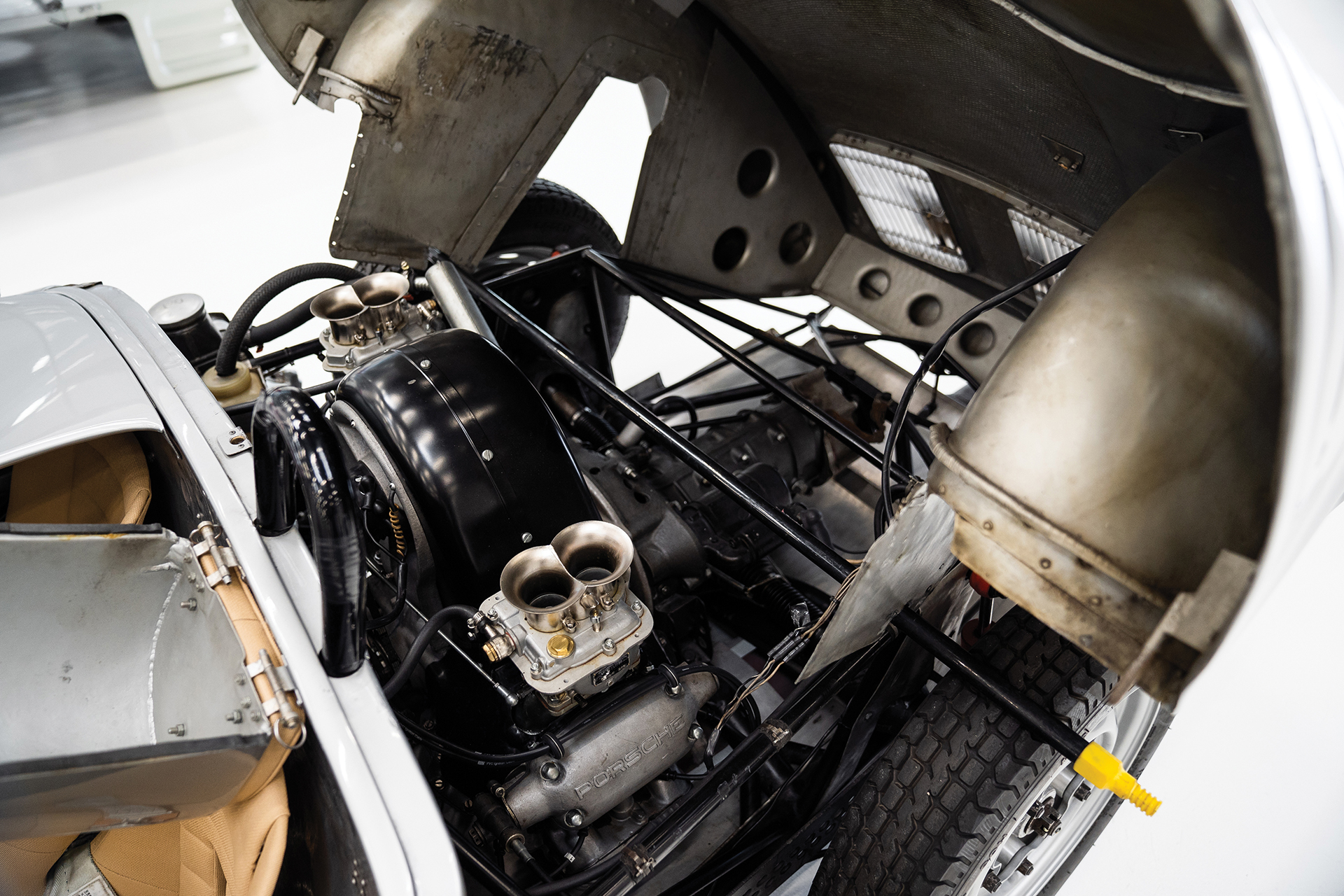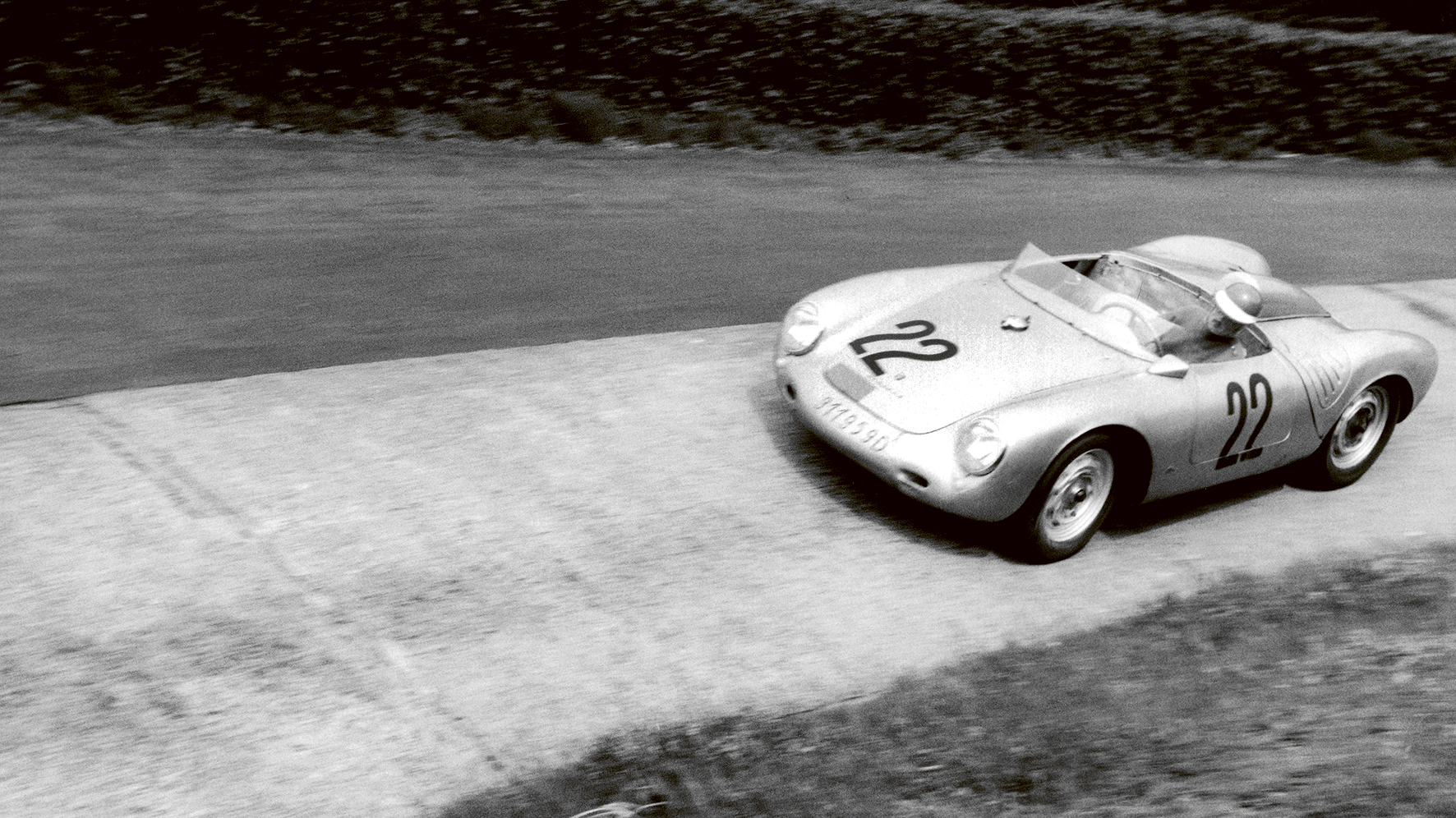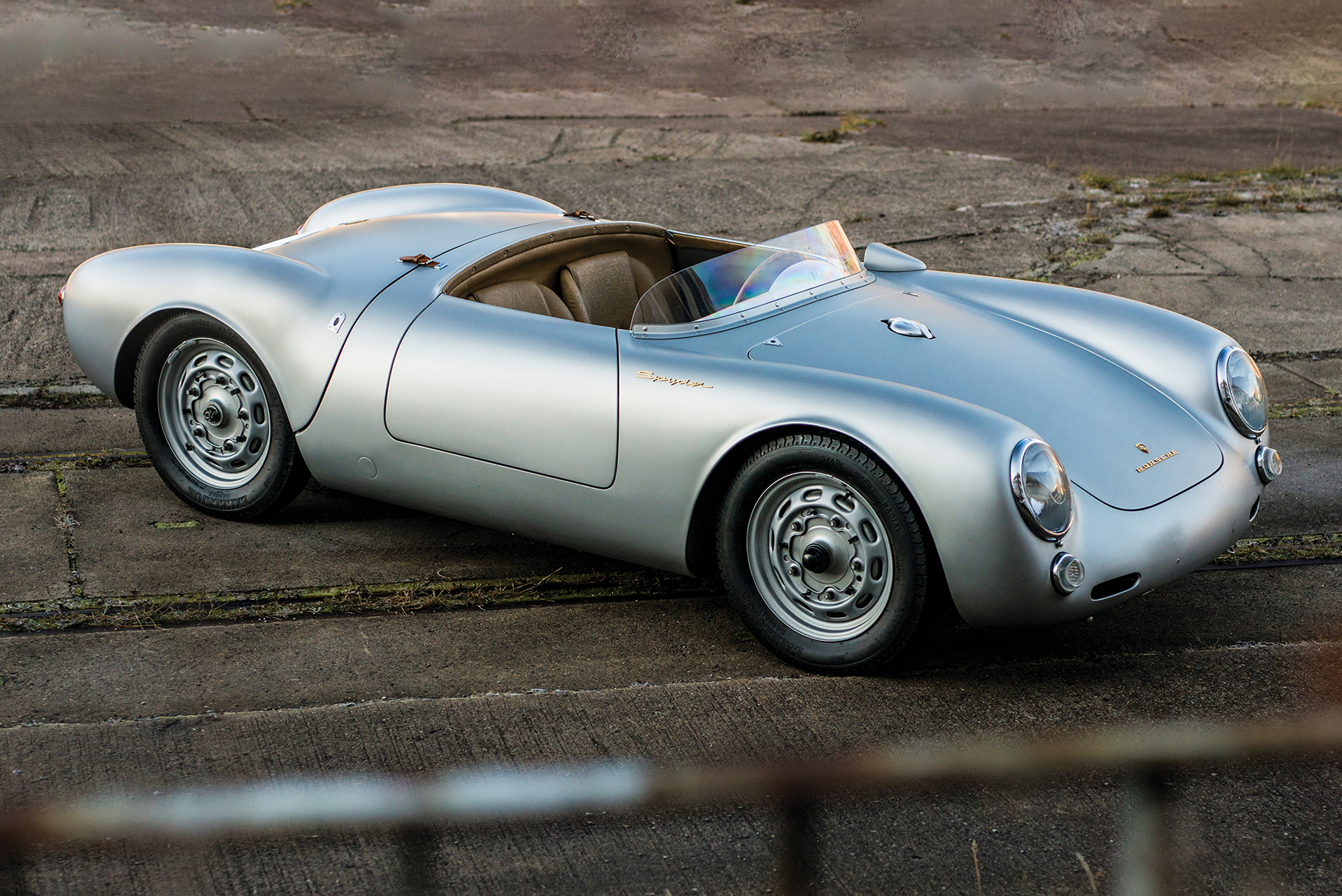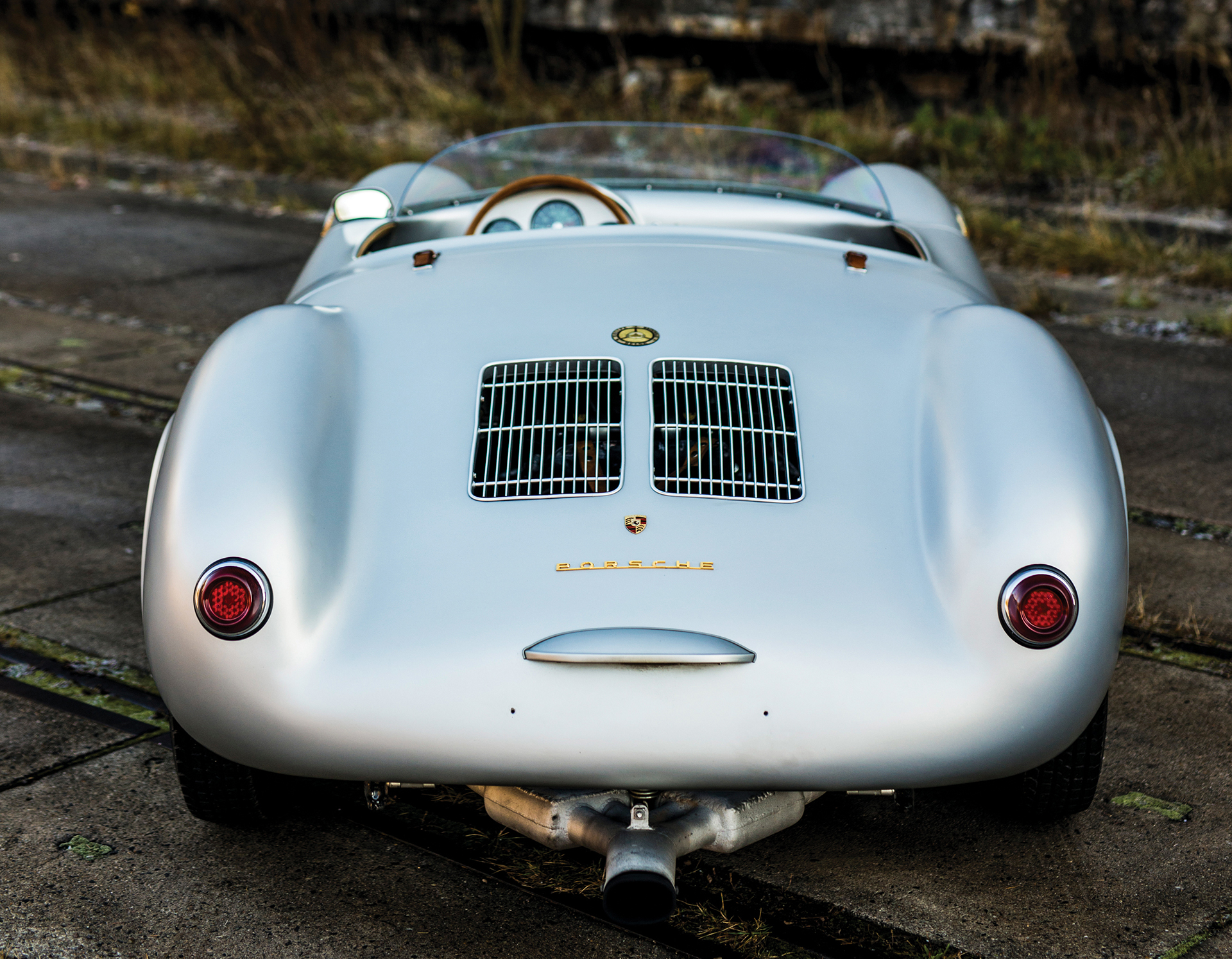The Giant Killer
In 1953, the little Porsche 550 RS created a sensation, beating the most powerful racers of the time. A symbol of the success story of the Stüttgart-based car maker.
Photo credit: Porsche, RM Sotheby’s, Wheelsage
The great drive to relaunch the European economy after the Second World War was based mainly on the construction industry and on mass motorization. Up until the 1930s, cars had been a luxury enjoyed only by the rich, and racing drivers came from a privileged and daredevil wealthy elite. With the advent of the cars-for-everyone concept, however, the dream of becoming a racing driver was suddenly within reach of anyone who could get behind a wheel: road races, epitomized by the Mille Miglia, track races and hill climbs attracted the most diverse cars, many of which were modified or converted versions of standard models. Everyone who wanted to drive a car harbored dreams, even unconsciously, of racing glory, be it as a driver or a spectator.
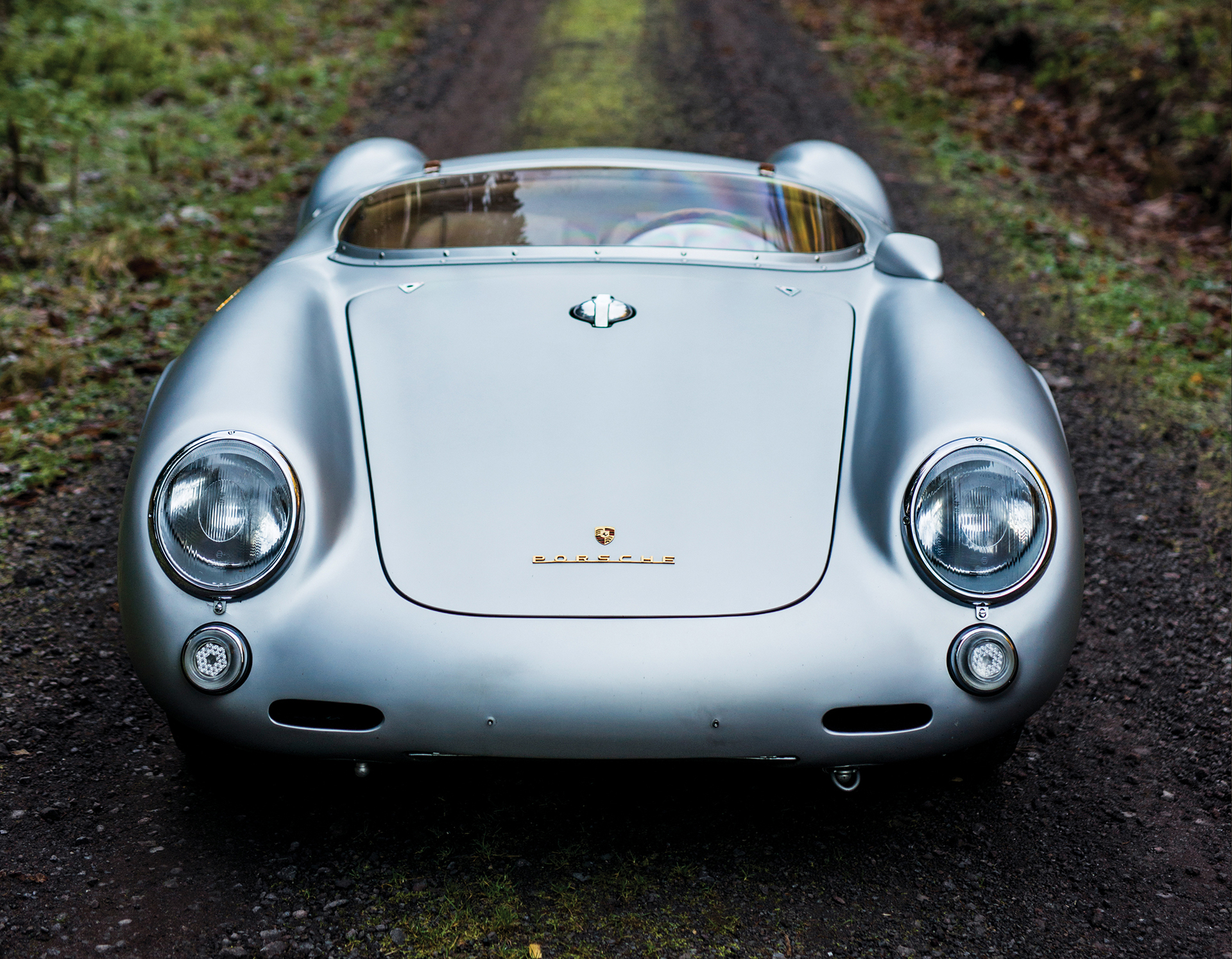
This background is important in order to correctly understand and interpret Ferdinand Porsche’s brilliant idea of producing sports and racing cars derived from the people’s car par excellence: the Volkswagen Beetle, with its robust and simple, rear-mounted air-cooled four-cylinder engine. It was this intuition that allowed Porsche to lay the foundations on which to build the empire that we know today. While the Porsche 550 was nothing like the Beetle, the models that preceded it, i.e. the various versions of the famous 356, were all derivations of Hitler’s beloved “people’s car”.
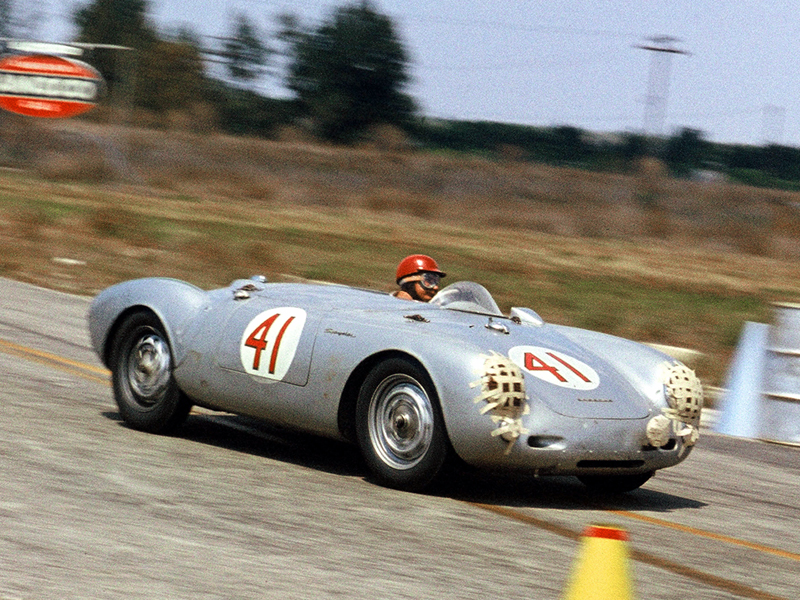
The 550 RS was unveiled in 1953 by Ferdinand’s son Ferry Porsche, a few weeks after his father’s death. It was brilliant and highly avant-garde in its simplicity: very lightweight (just 550 kg), thanks to a tubular chassis whose resistance was carefully calculated and pushed to the limit (in fact, it was sealed under pressure and connected to a pressure gauge on the dashboard which warned the driver of possible failures); its body, with clean and simple lines, was developed in a wind tunnel, and it was powered by a highly sophisticated mid-mounted, 1500cc, four-cylinder, air-cooled boxer engine with an output of 135 HP, a four overhead camshaft configuration, and twin two-barrel Solex carburetors, with the limited slip differential and gearbox overhung at the rear.
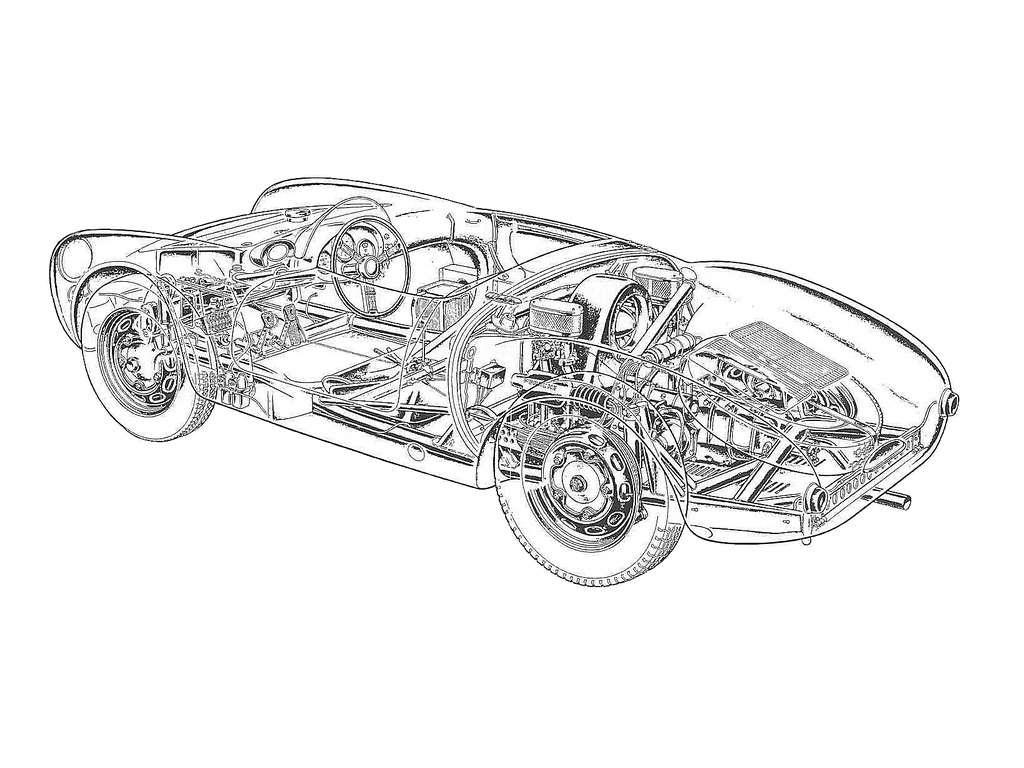
The car was soon dubbed the “Giant Killer” as, on tortuous track and road routes like the Targa Florio and the (then very long) Nürburgring circuit, it proved capable of beating big cars with more than twice its engine capacity. In short, the 550 RS, founder of a true dynasty of winning models produced in Stüttgart, more than deserves to be counted among the great racers of the past.
